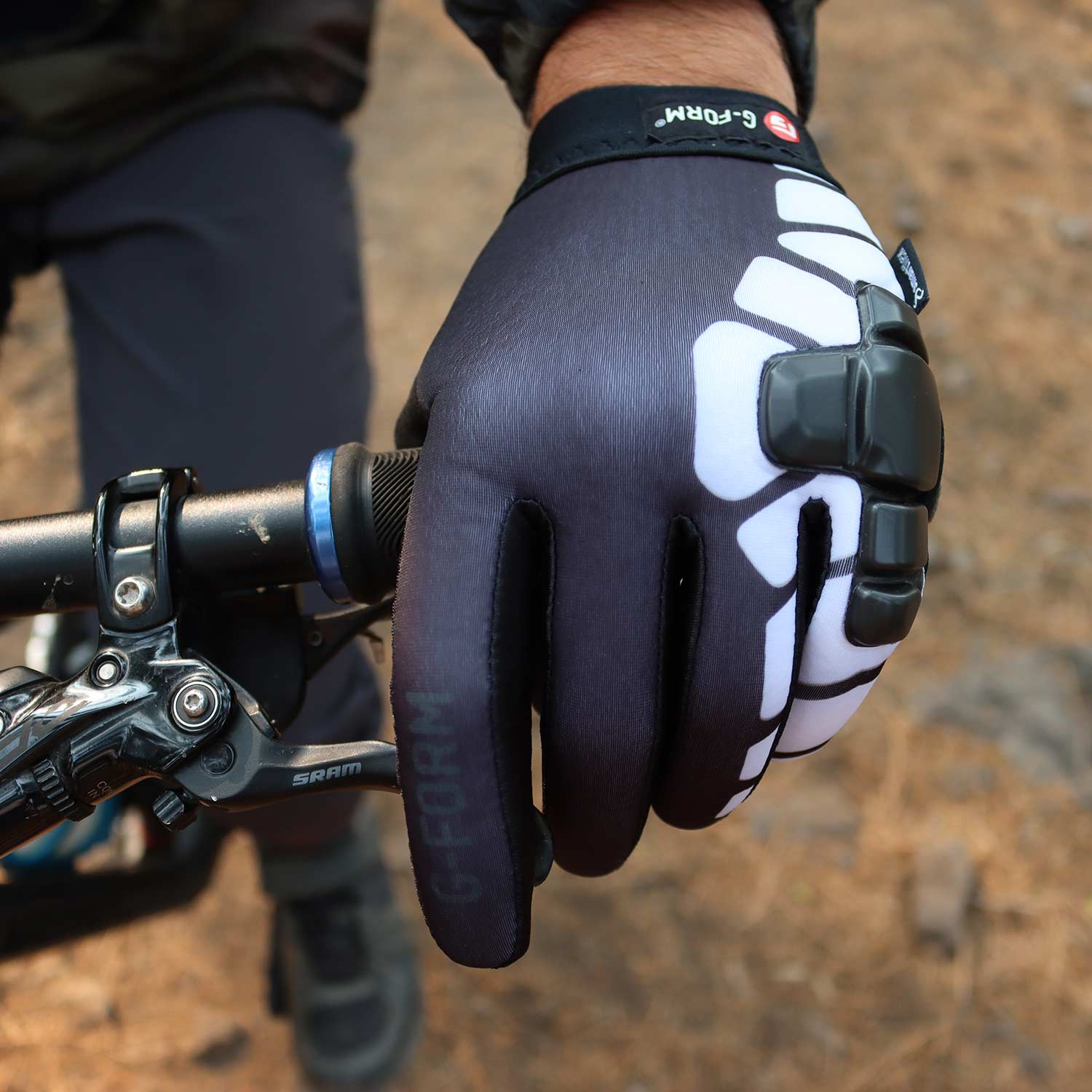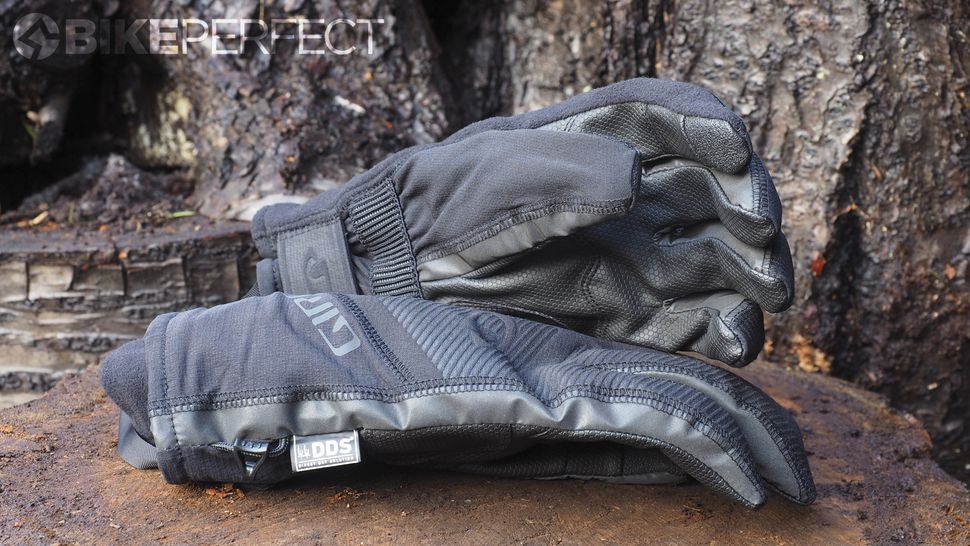Conquering Winter Trails: The Ultimate Guide to Choosing the Right Mountain Biking Gloves
How to Keep Your Hands Warm and Dry This Winter
When it comes to winter mountain biking, having the right gloves can make all the difference. Cold and wet conditions can quickly turn a fun ride into a miserable experience, with numb hands and a loss of control over the bike. The best winter mountain biking gloves can provide the necessary warmth, dryness, and grip to tackle even the most challenging winter trails. By choosing the right gloves, riders can improve their performance, increase their confidence, and enjoy a more comfortable and enjoyable ride. In this article, we’ll explore the key features to look for in the best winter mountain biking gloves, helping you to make an informed decision for your next winter adventure.
Key Features to Look for in Winter Mountain Biking Gloves
When selecting the best winter mountain biking gloves, there are several key features to consider. Waterproofing is essential to keep hands dry in wet conditions, while insulation helps to maintain warmth. Grip is also crucial, as it affects control and handling of the bike. Additionally, dexterity is important to ensure that riders can still operate their bike’s controls with ease. The Pearl Izumi Amfib Lobster Gloves, for example, excel in these areas, offering a waterproof and breathable membrane, PrimaLoft insulation, and a grip pattern on the palm for improved control. By considering these essential features, riders can find the best winter mountain biking gloves for their specific needs and riding style.
The Best Materials for Winter Mountain Biking Gloves
When it comes to winter mountain biking gloves, the materials used can make a significant difference in performance and comfort. Synthetic materials, such as Thinsulate and PrimaLoft, offer excellent insulation and waterproofing capabilities, making them ideal for cold and wet conditions. Natural materials, like merino wool and fleece, provide a more breathable and moisture-wicking experience, suitable for milder winter days. The best winter mountain biking gloves often combine these materials to achieve a balance of warmth, dryness, and dexterity. For example, the Pearl Izumi Amfib Lobster Gloves feature a PrimaLoft insulation and a waterproof membrane, while the Specialized Defroster Gloves use a Thinsulate insulation and a breathable mesh panel. By understanding the pros and cons of each material, riders can choose the best winter mountain biking gloves for their specific needs and riding style.
Top Picks for Winter Mountain Biking Gloves
When it comes to choosing the best winter mountain biking gloves, there are several top-rated options to consider. The Specialized Defroster Gloves, for example, offer a waterproof and breathable membrane, Thinsulate insulation, and a grip pattern on the palm for improved control. The Giro DND Gloves, on the other hand, feature a PrimaLoft insulation, a waterproof and breathable membrane, and a comfortable fit. Other top picks include the Pearl Izumi Amfib Lobster Gloves, which excel in waterproofing and insulation, and the Fox Racing Dirtpaw Gloves, which provide a comfortable fit and excellent grip. By considering these top-rated options, riders can find the best winter mountain biking gloves for their specific needs and riding style. Whether you’re looking for warmth, dryness, or dexterity, there’s a pair of gloves on this list that’s sure to meet your requirements.
Insulation and Waterproofing: The Ultimate Winter Mountain Biking Glove Showdown
When it comes to winter mountain biking gloves, insulation and waterproofing are two of the most critical features to consider. The best winter mountain biking gloves must strike a balance between keeping hands warm and dry, while also providing the necessary dexterity and grip to control the bike. However, this balance can be challenging to achieve, as increased insulation often comes at the cost of reduced dexterity. The Pearl Izumi Amfib Lobster Gloves, for example, offer excellent waterproofing and insulation, but may sacrifice some dexterity in the process. On the other hand, the Giro DND Gloves provide a more balanced approach, with a PrimaLoft insulation and a waterproof membrane that still allows for good dexterity. Ultimately, the best winter mountain biking gloves will depend on the individual rider’s priorities and needs. By understanding the trade-offs between insulation, waterproofing, and dexterity, riders can make an informed decision and choose the best winter mountain biking gloves for their next adventure.
Fit and Comfort: The Often-Overlooked Aspects of Winter Mountain Biking Gloves
When it comes to choosing the best winter mountain biking gloves, fit and comfort are often overlooked in favor of more prominent features like waterproofing and insulation. However, a well-fitting glove can make all the difference in a rider’s performance and overall riding experience. A glove that fits comfortably can reduce fatigue and improve dexterity, allowing riders to focus on the trail ahead. On the other hand, a poorly fitting glove can lead to discomfort, numbness, and even blisters. To ensure a comfortable fit, riders should look for gloves with adjustable cuffs and wrists, as well as those made from breathable materials that allow for moisture transfer. The Specialized Defroster Gloves, for example, feature a comfortable fit and a breathable membrane that helps to regulate temperature and humidity. By prioritizing fit and comfort, riders can find the best winter mountain biking gloves that meet their specific needs and riding style.
Winter Mountain Biking Glove Care and Maintenance
To ensure the best winter mountain biking gloves continue to perform at their best, proper care and maintenance are essential. A well-maintained pair of gloves can last for multiple seasons, providing riders with a reliable and comfortable riding experience. When it comes to cleaning, riders should avoid using harsh chemicals or abrasive materials that can damage the gloves’ materials. Instead, use a mild soap and lukewarm water to gently remove dirt and grime. For tougher stains, a soft-bristled brush can be used to gently scrub the affected area. After cleaning, allow the gloves to air dry, away from direct sunlight or heat. Storage is also crucial, as folding or compressing the gloves can cause damage to the materials. Instead, store the gloves in a cool, dry place, away from direct sunlight. Finally, for riders who plan to use their gloves extensively, it’s a good idea to have a repair kit on hand, complete with spare parts and materials. By following these simple care and maintenance tips, riders can extend the life of their best winter mountain biking gloves and ensure they continue to perform at their best.
Conclusion: Choosing the Right Winter Mountain Biking Gloves for Your Next Adventure
When it comes to conquering winter trails, having the best winter mountain biking gloves can make all the difference. By considering key features such as waterproofing, insulation, grip, and dexterity, riders can find the perfect pair to suit their specific needs and riding style. Additionally, understanding the importance of fit and comfort, as well as proper care and maintenance, can help extend the life of the gloves and ensure optimal performance. Whether you’re a seasoned pro or just starting out, selecting the right winter mountain biking gloves can improve your overall riding experience and help you tackle even the toughest winter trails. Remember, the best winter mountain biking gloves are those that provide a balance of warmth, dexterity, and protection, allowing you to focus on what matters most – the ride. By following the tips and advice outlined in this article, riders can find the perfect pair of gloves to take their winter mountain biking to the next level.








